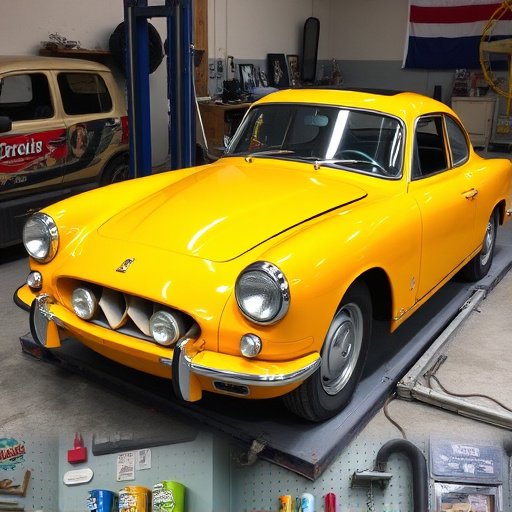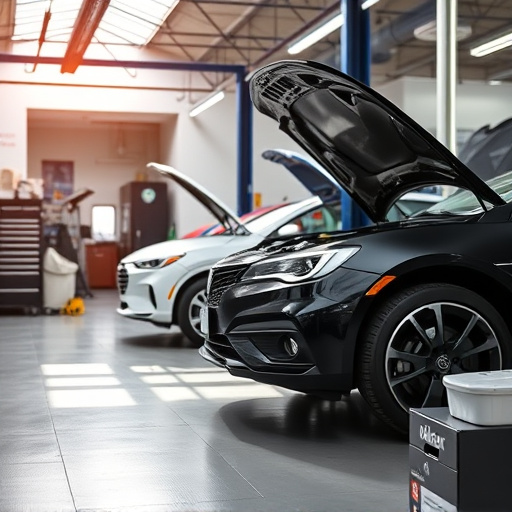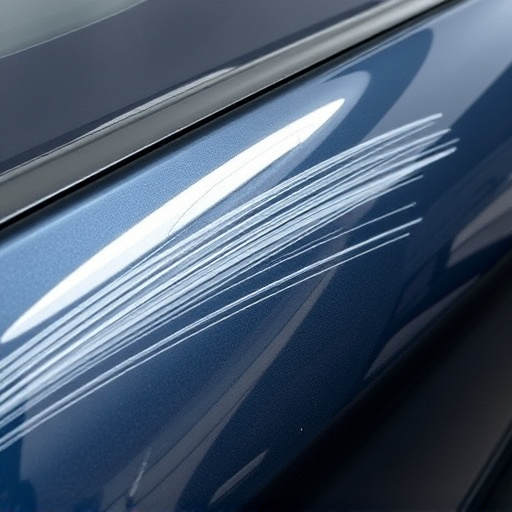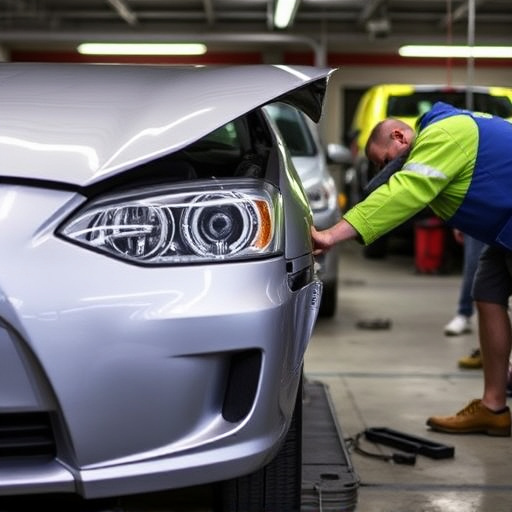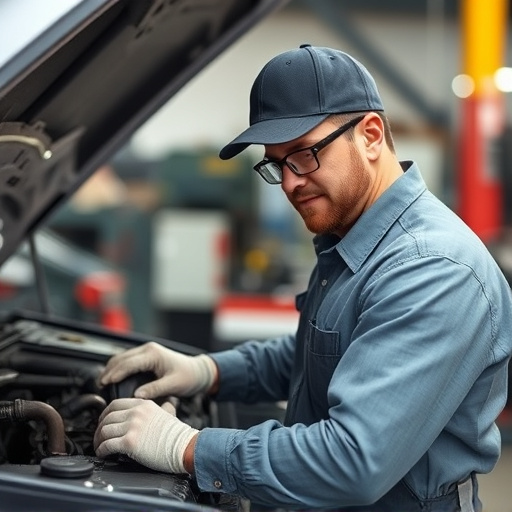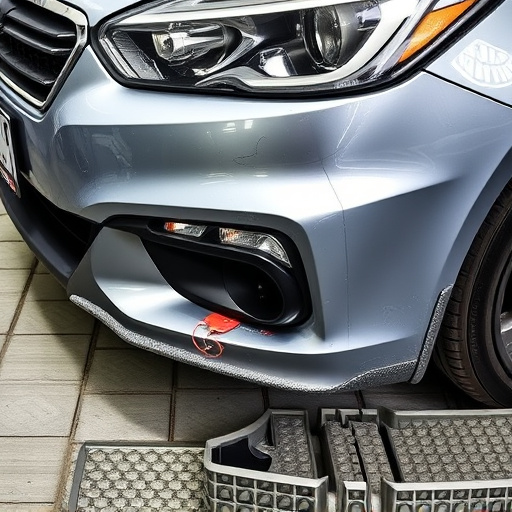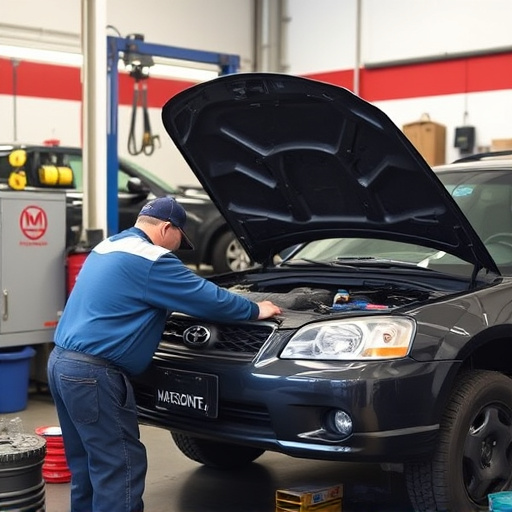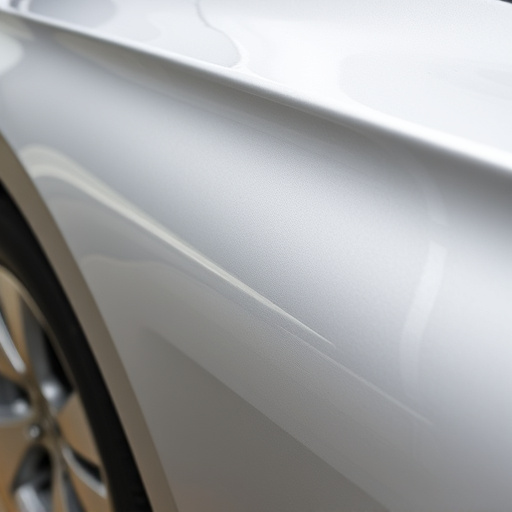Acoustic glass repair is vital for maintaining a peaceful cabin environment in modern vehicles, addressing growing background noise issues. Cracks or chips impair sound quality and driving experience, impacting structural integrity and safety. Advanced repair methods like resin injection and laser welding strengthen glass while preserving acoustic properties, creating a quieter ride, preventing crack spread, and preserving vehicle value. Skilled technicians ensure seamless integration with in-cabin technology for an enhanced, artful driving experience.
Acoustic glass repair is a game-changer when it comes to enhancing your in-cabin experience. Understanding acoustic glass—its role in cabin comfort, sound insulation, and overall ambiance—is crucial. Even minor cracks or chips can significantly impact noise levels, affecting the entire journey. This article delves into the detrimental effects of damage to acoustic glass and explores effective repair techniques that not only restore but also elevate your in-cabin environment, ensuring a smoother, quieter ride.
- Understanding Acoustic Glass and Its Role in Cabin Comfort
- The Impact of Damage: How Cracks and Chips Affect Sound Quality
- Repair Techniques and Their Benefits: Enhancing the In-Cabin Journey
Understanding Acoustic Glass and Its Role in Cabin Comfort
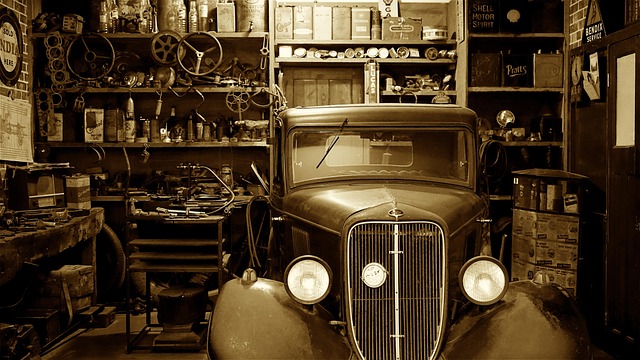
Acoustic glass plays a pivotal role in enhancing the comfort and overall experience within a vehicle’s cabin. Often overlooked, these specialized windows are designed to minimize noise transmission, creating a quieter, more serene environment for drivers and passengers alike. In today’s world, where traffic congestion and urban environments contribute to elevated background noise, acoustic glass repair becomes an essential aspect of vehicle maintenance. By understanding its properties, we can appreciate why fixing or replacing faulty acoustic glass is crucial for optimizing cabin comfort.
The unique construction of acoustic glass incorporates specialized coatings and layers that absorb and reflect sound waves, thereby reducing noise levels inside the vehicle. This technology is particularly valuable in cars, where interior noise can significantly impact passenger experience, especially during high-speed drives or in busy urban areas. Unlike standard glass, which allows sound to pass through freely, acoustic glass repair services ensure these vehicles return to their optimal state, providing a more enjoyable and peaceful journey for everyone involved, much like car body restoration aims to bring back the original elegance of a vehicle.
The Impact of Damage: How Cracks and Chips Affect Sound Quality

Small cracks or chips in car windows might seem like a minor inconvenience, but they can significantly impact the overall in-cabin experience, especially when it comes to sound quality. Acoustic glass, designed to reduce noise and enhance the driving environment, is vulnerable to such damage. When a window is cracked or chipped, it loses its integrity, allowing external noises to infiltrate the cabin uncontrollably. This disruption can make it difficult for drivers and passengers to enjoy music, conversations, or simply relax during their journey.
In auto frame repair, addressing these issues promptly through acoustic glass repair techniques is essential. By patching up cracks and chips, the structural integrity of the window is restored, ensuring that the car’s noise-canceling properties are effective once again. This not only improves the overall driving experience but also adds to the safety of the vehicle by providing a better barrier against external elements during car collision repair.
Repair Techniques and Their Benefits: Enhancing the In-Cabin Journey

Repairing acoustic glass goes beyond simply fixing a crack; it’s about enhancing the entire in-cabin experience. Advanced techniques like resin injection and laser welding not only restore structural integrity but also preserve the vehicle’s acoustic landscape, ensuring optimal sound quality for music lovers and clear communication for all passengers.
These meticulous repair methods offer several advantages. By minimizing noise levels, they create a quieter, more comfortable ride. Moreover, they prevent further damage by stopping the spread of cracks, aligning with the goal of preserving the car’s value. Just as important, skilled technicians can tailor repairs to meet specific vehicle needs, ensuring the restored acoustic glass functions seamlessly with other in-cabin technology for an unparalleled driving experience—all thanks to the art and science behind acoustic glass repair.
Acoustic glass repair plays a significant role in enhancing the overall in-cabin experience. By understanding the impact of damage and implementing effective repair techniques, vehicle manufacturers and owners can ensure optimal sound quality and comfort for passengers. This not only contributes to a more enjoyable journey but also underscores the importance of maintaining structural integrity, making acoustic glass repair a game changer in automotive technology.
